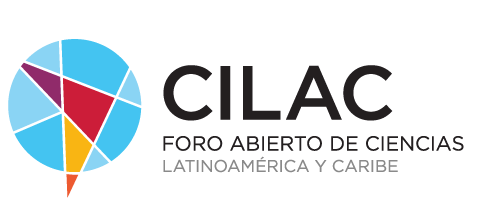In a typical home or work environment there are a dozen batteries. Mobile phones, watches, laptops, tablets, consoles, appliances, tools, speakers, bicycles, scooters... All devices are based on the same technology: lithium-ion cell batteries. However, these batteries are expensive, have limited capacity, and lose effectiveness over time. The reasons for its scarcity are due to the fact that the reserves of its main chemical element are insufficient and half a dozen countries (China, Australia, Congo, Chile, South Africa and Indonesia) monopolize the production of this and other necessary resources, such as cobalt, vanadium, molybdenum, nickel, copper, graphite or manganese, among others. The emergence of the electric car and the needs to store energy generated by intermittent renewable sources aggravate the problem. There is no material for so much battery. A Joint Research Center study (JRC) of the European Commission analyzes possible solutions.
